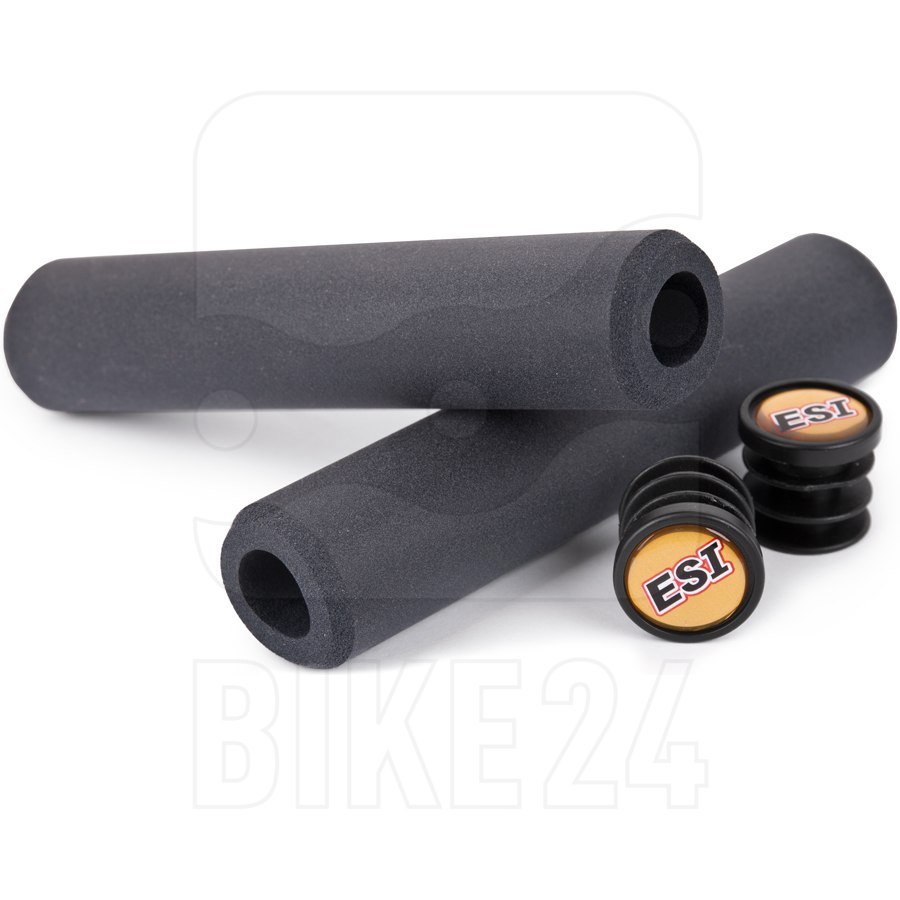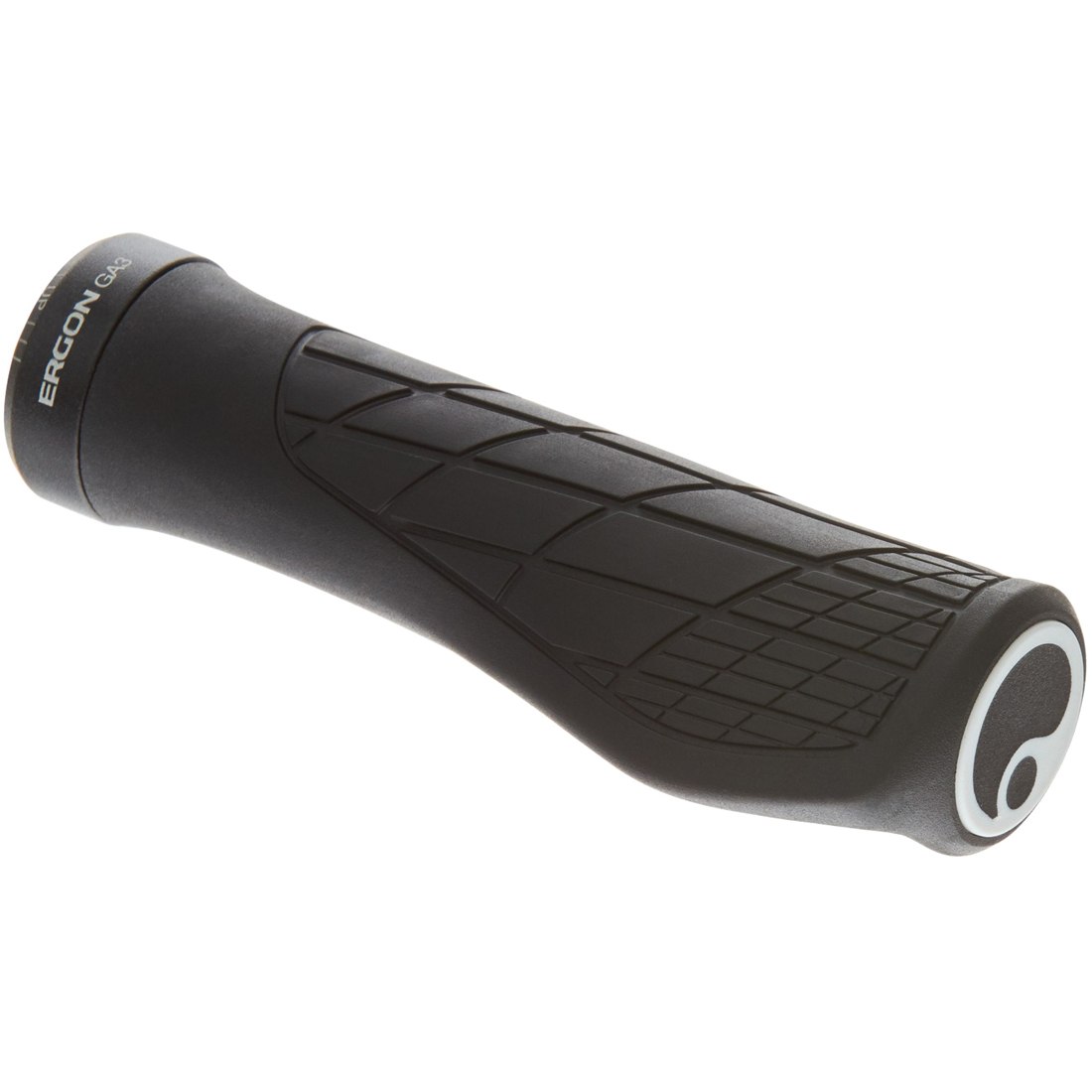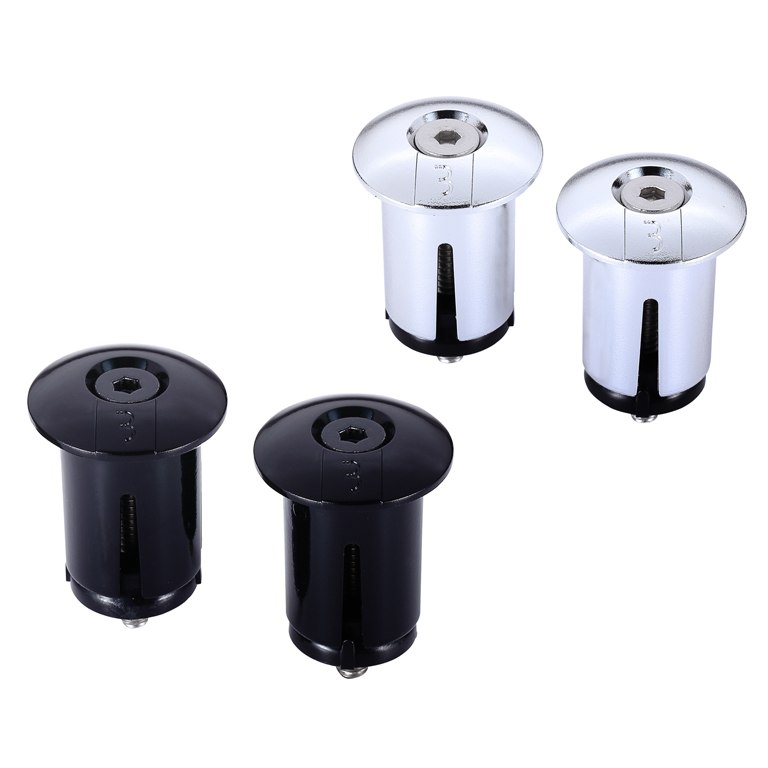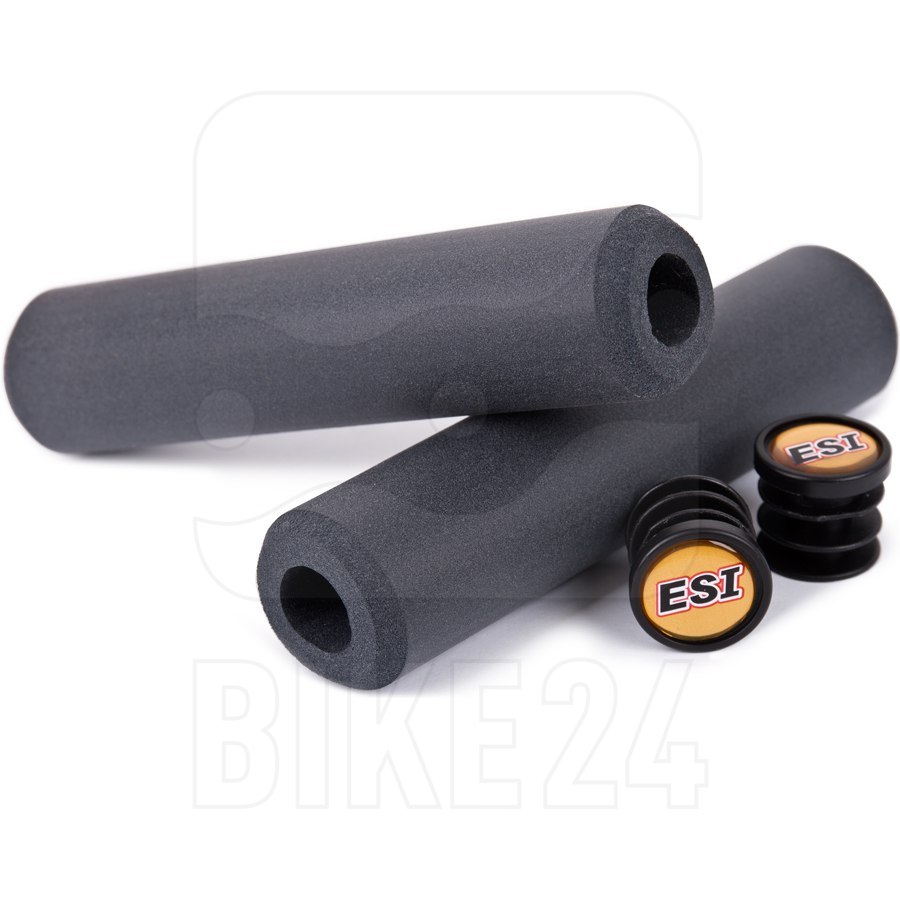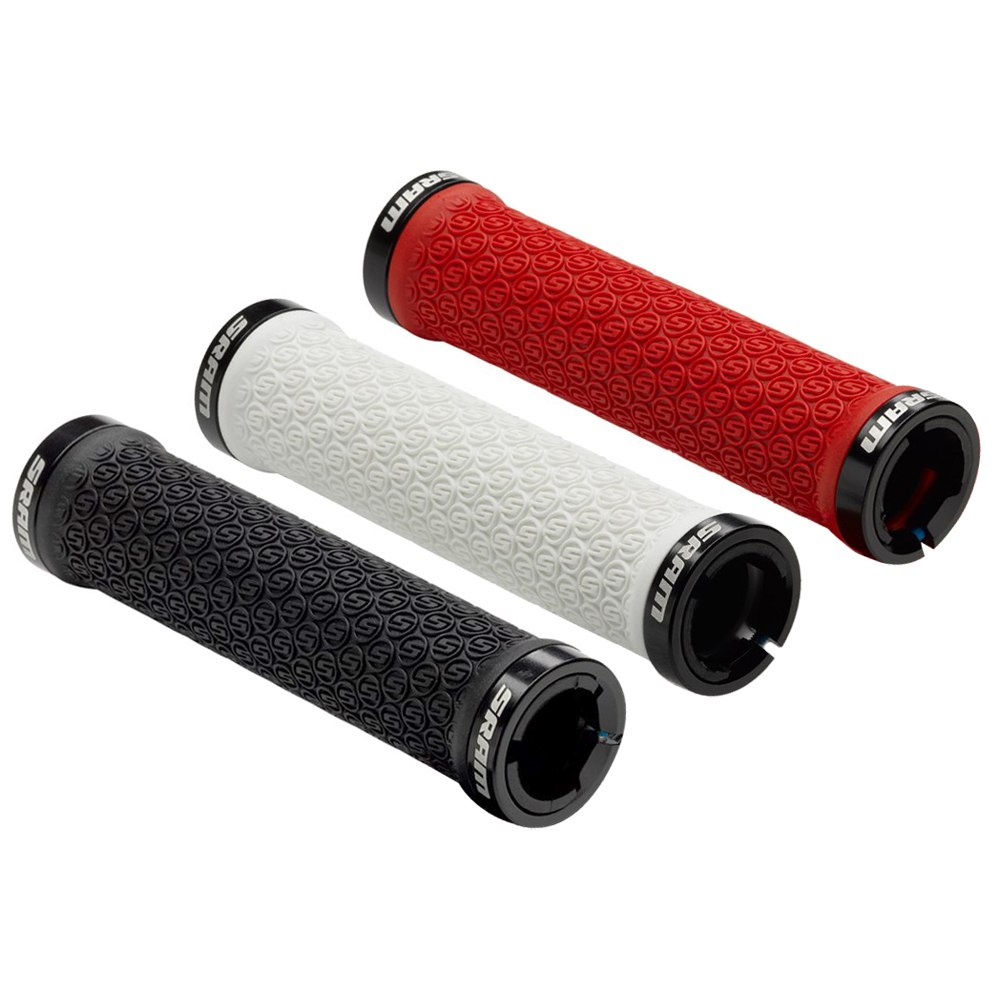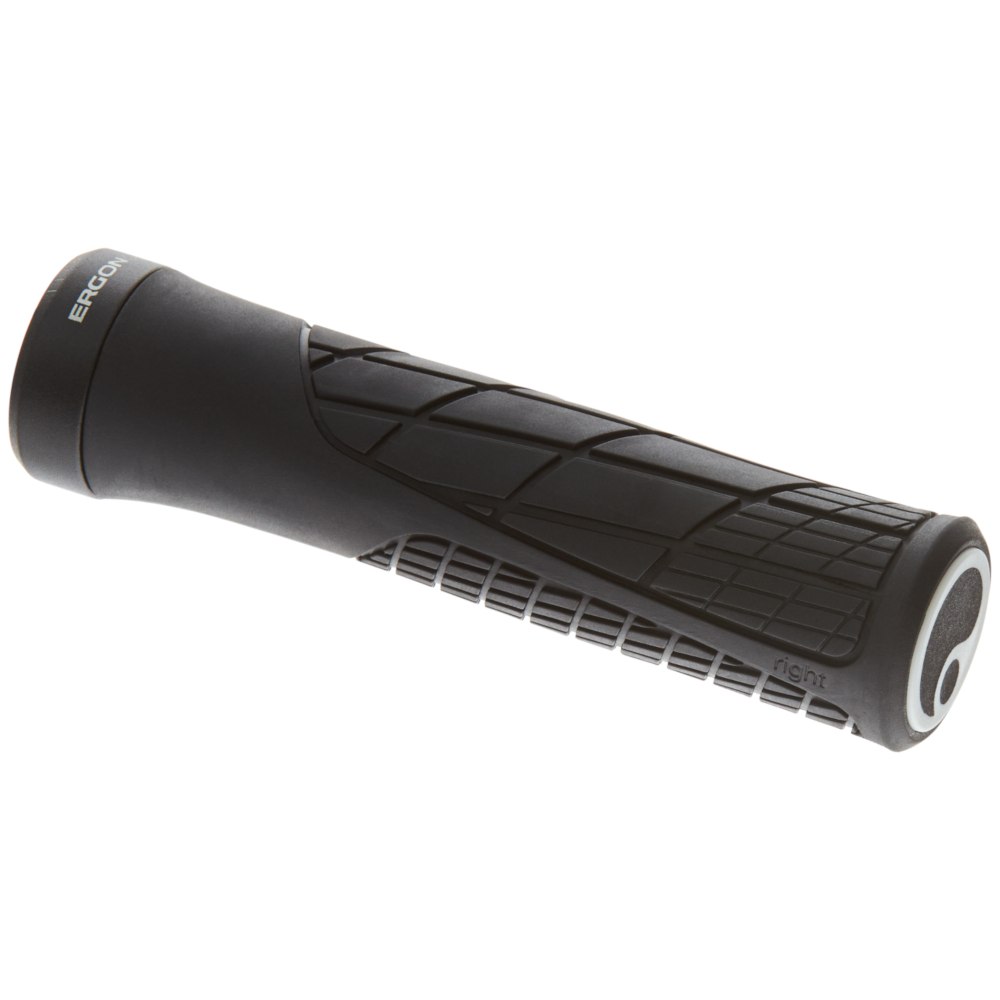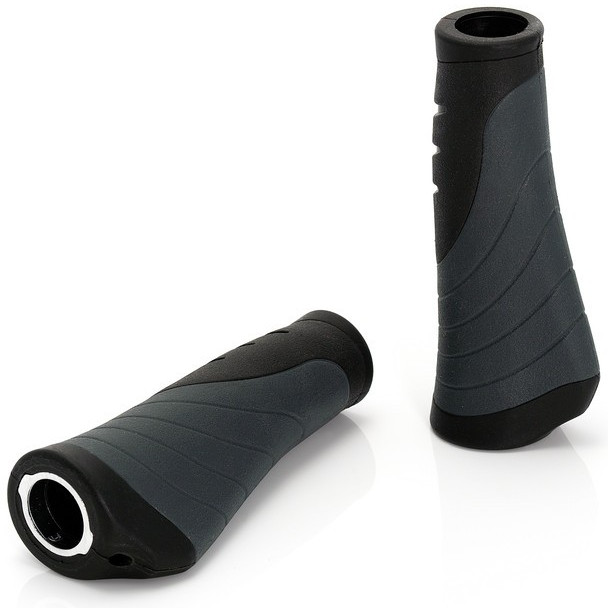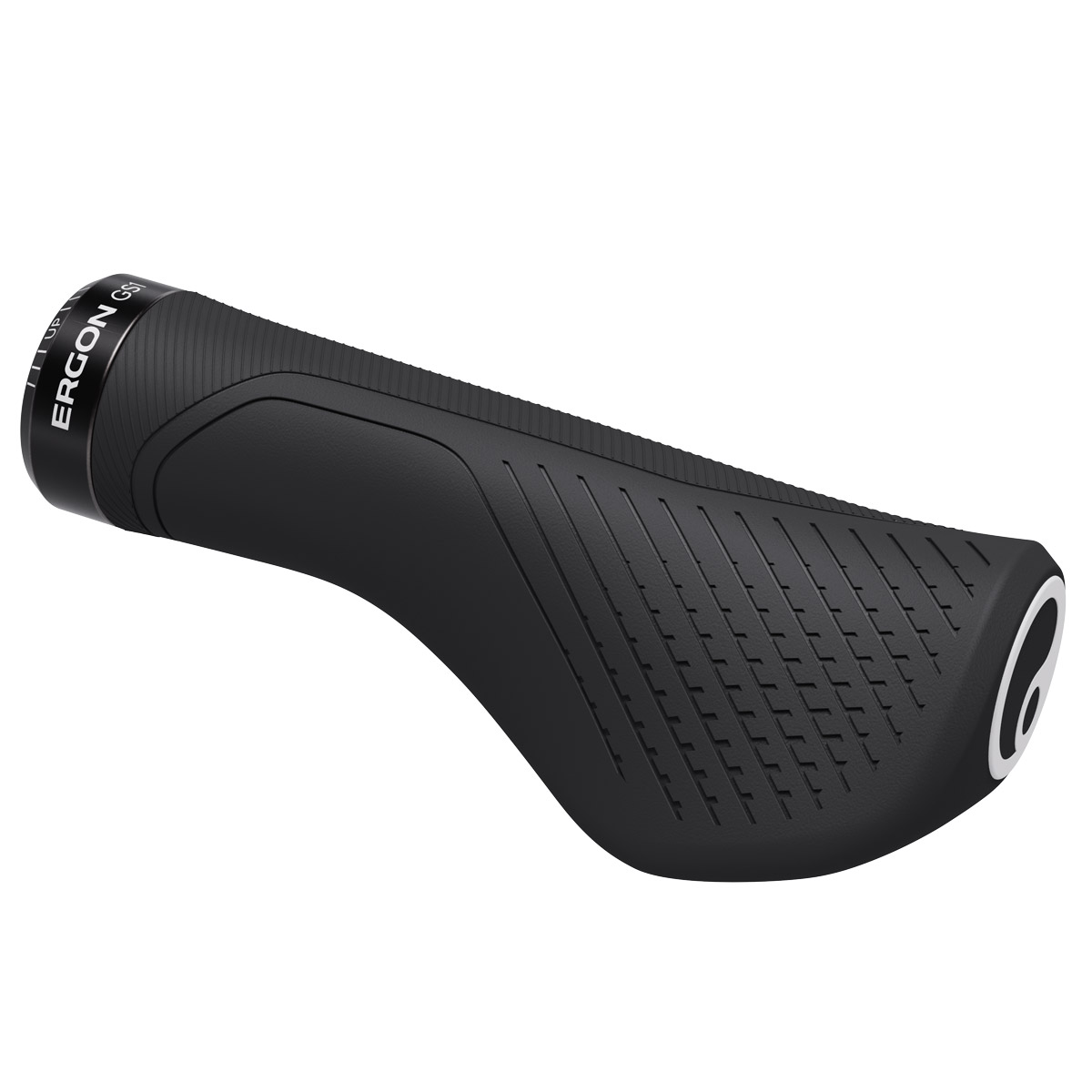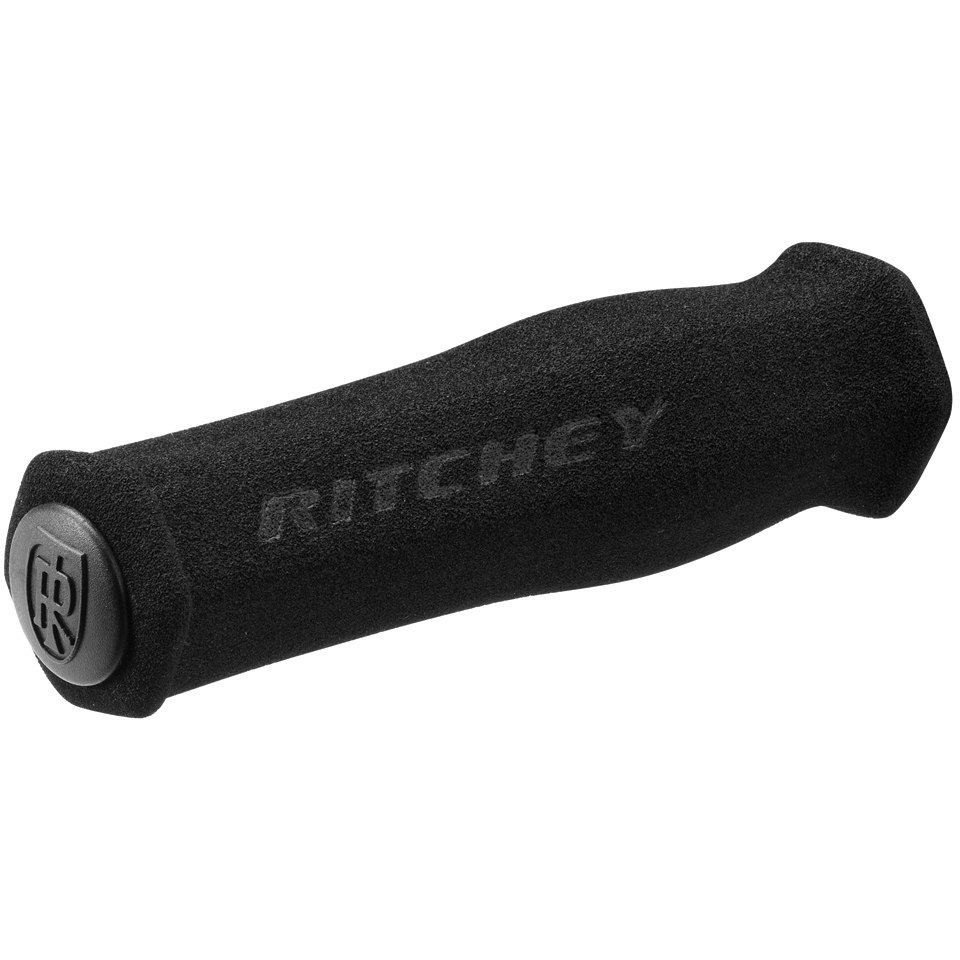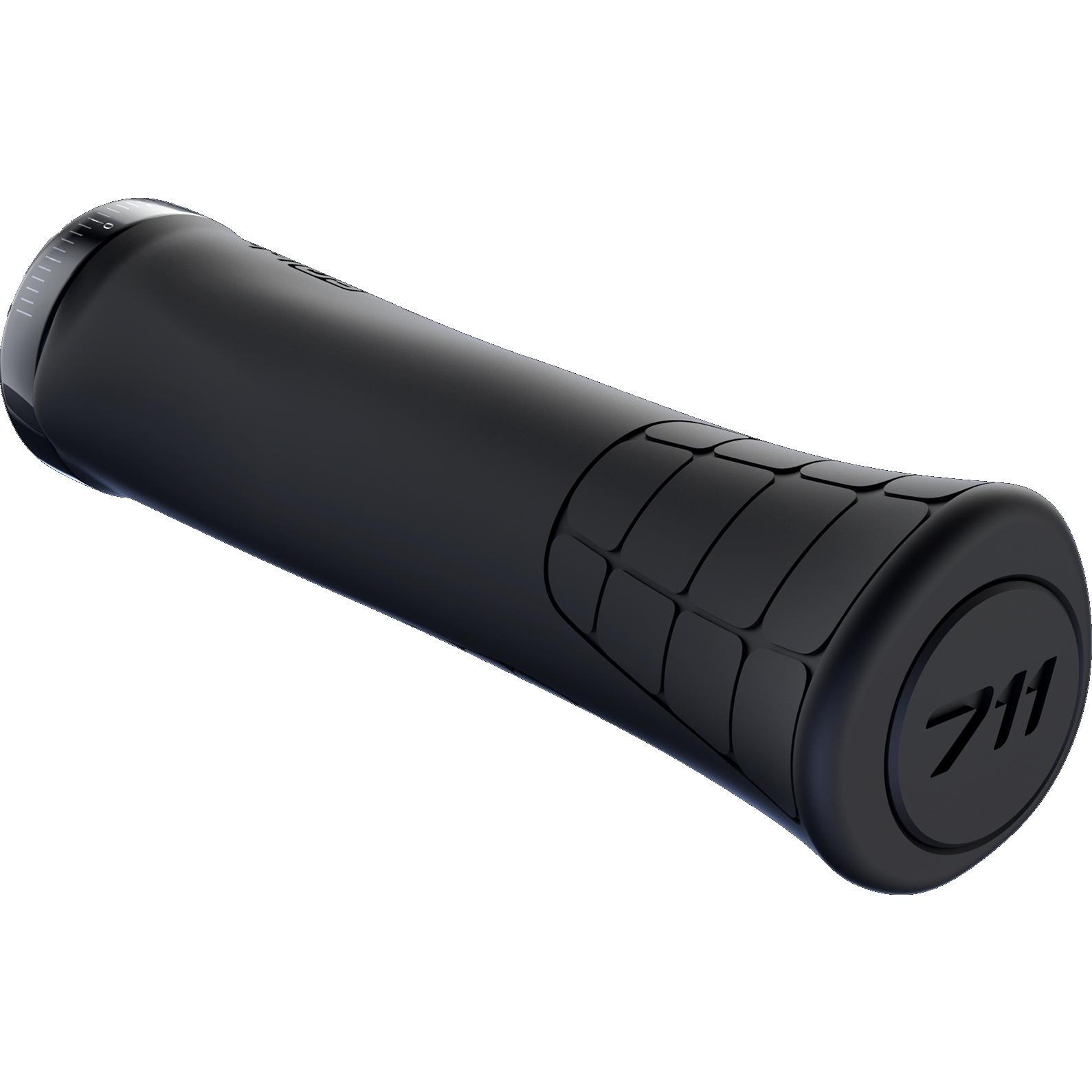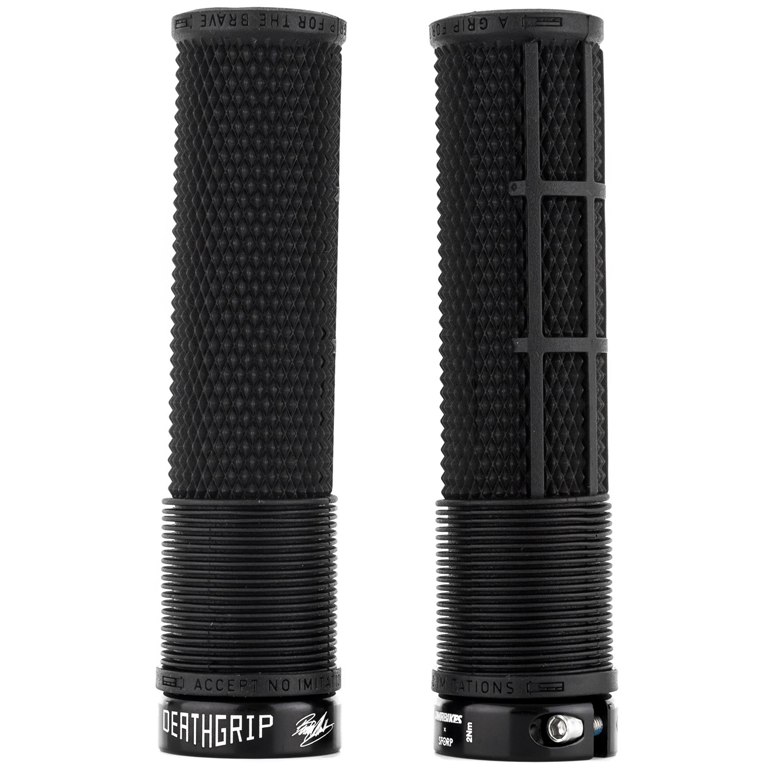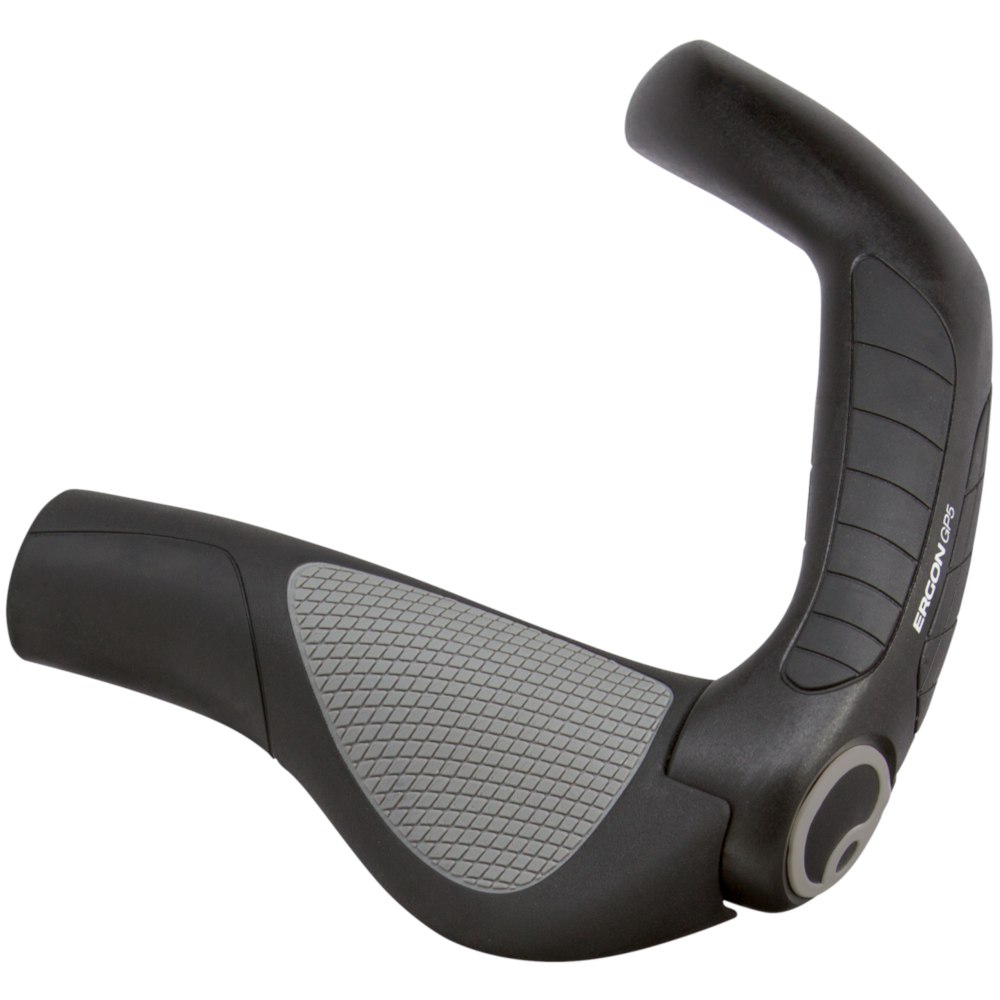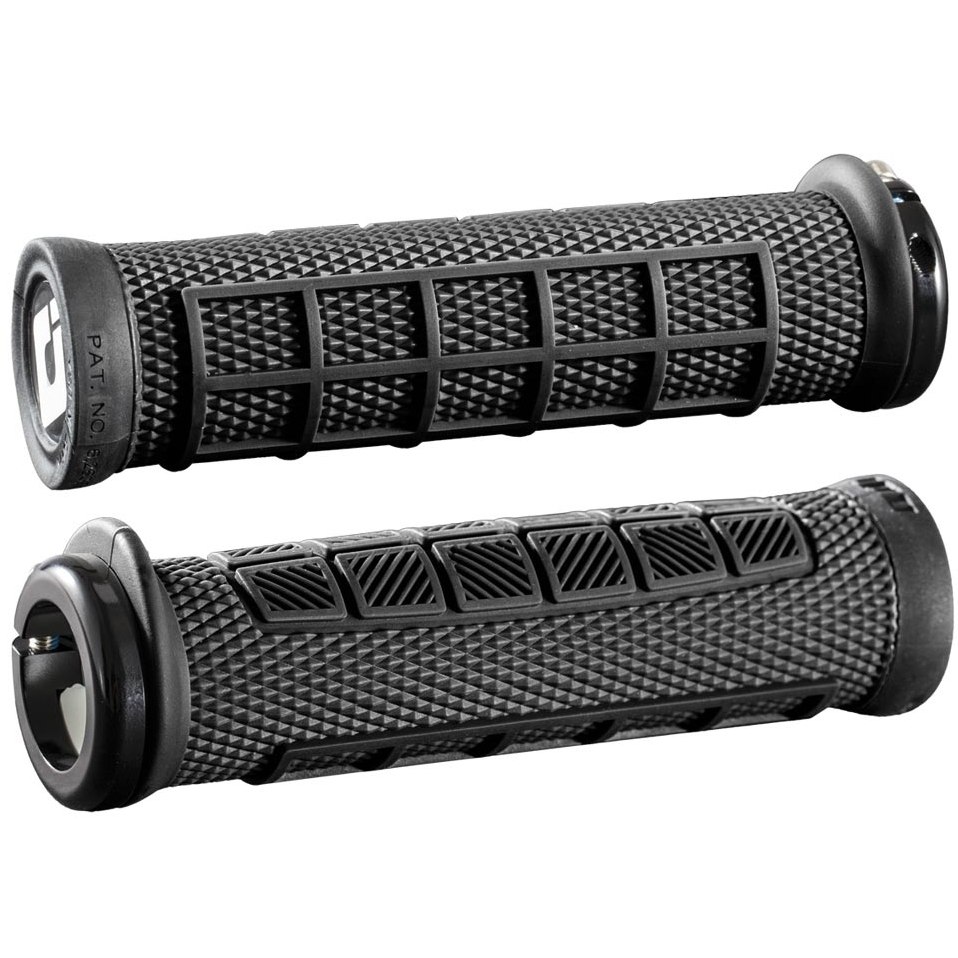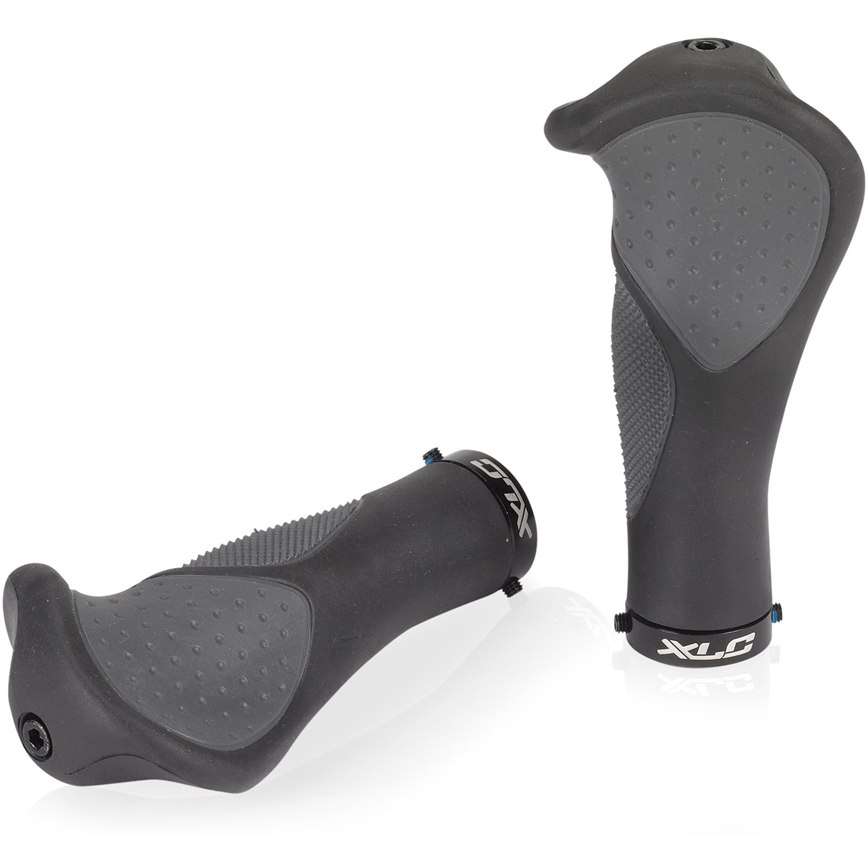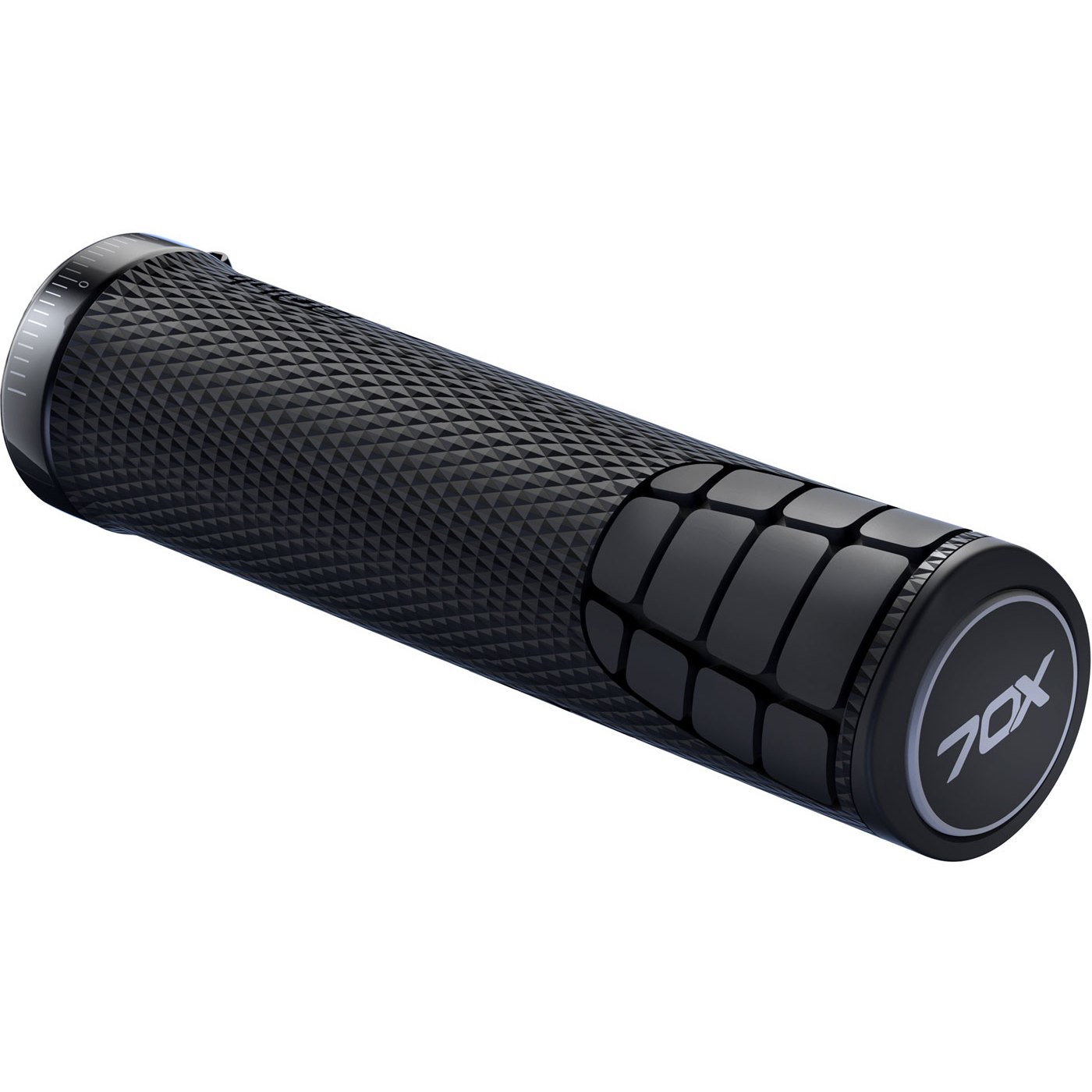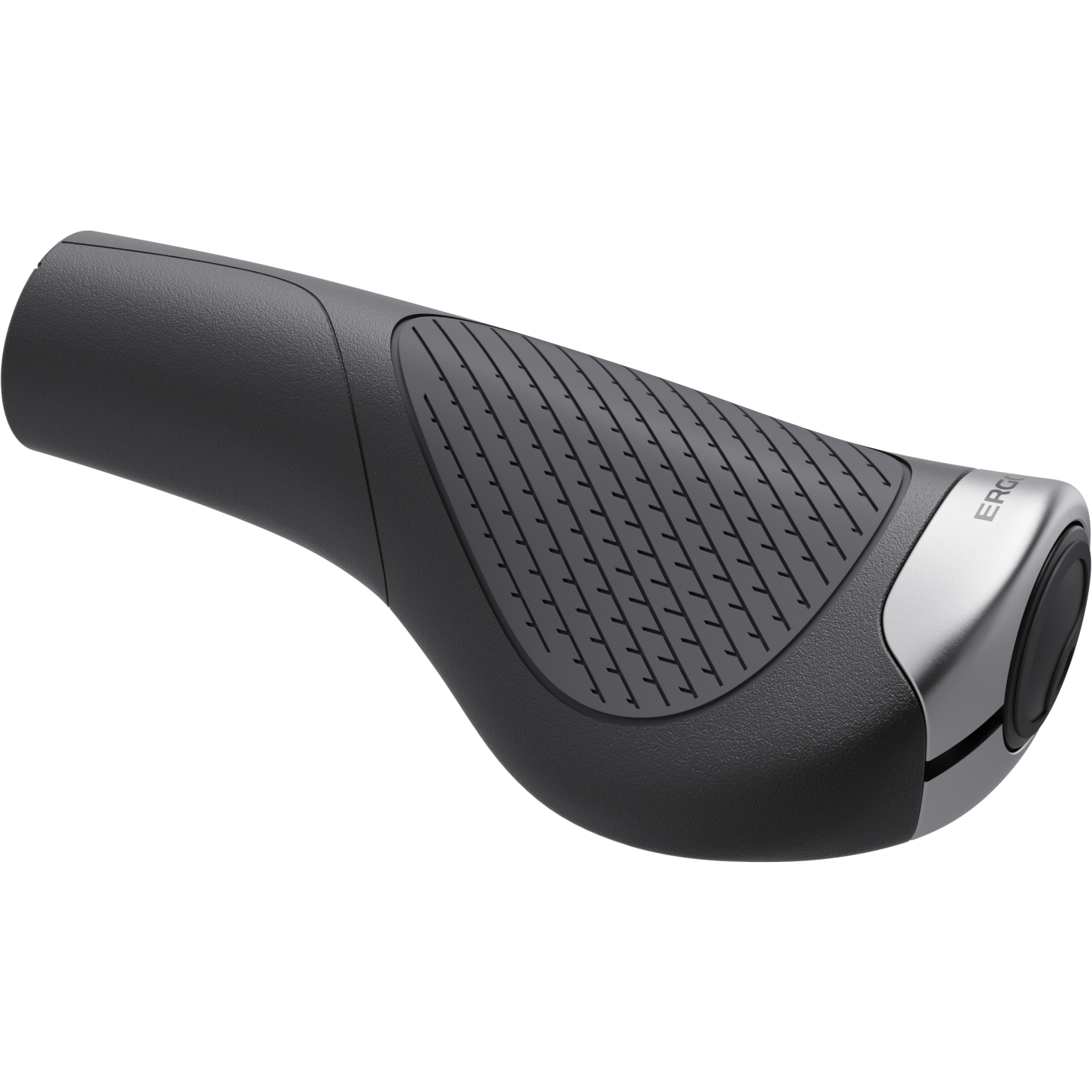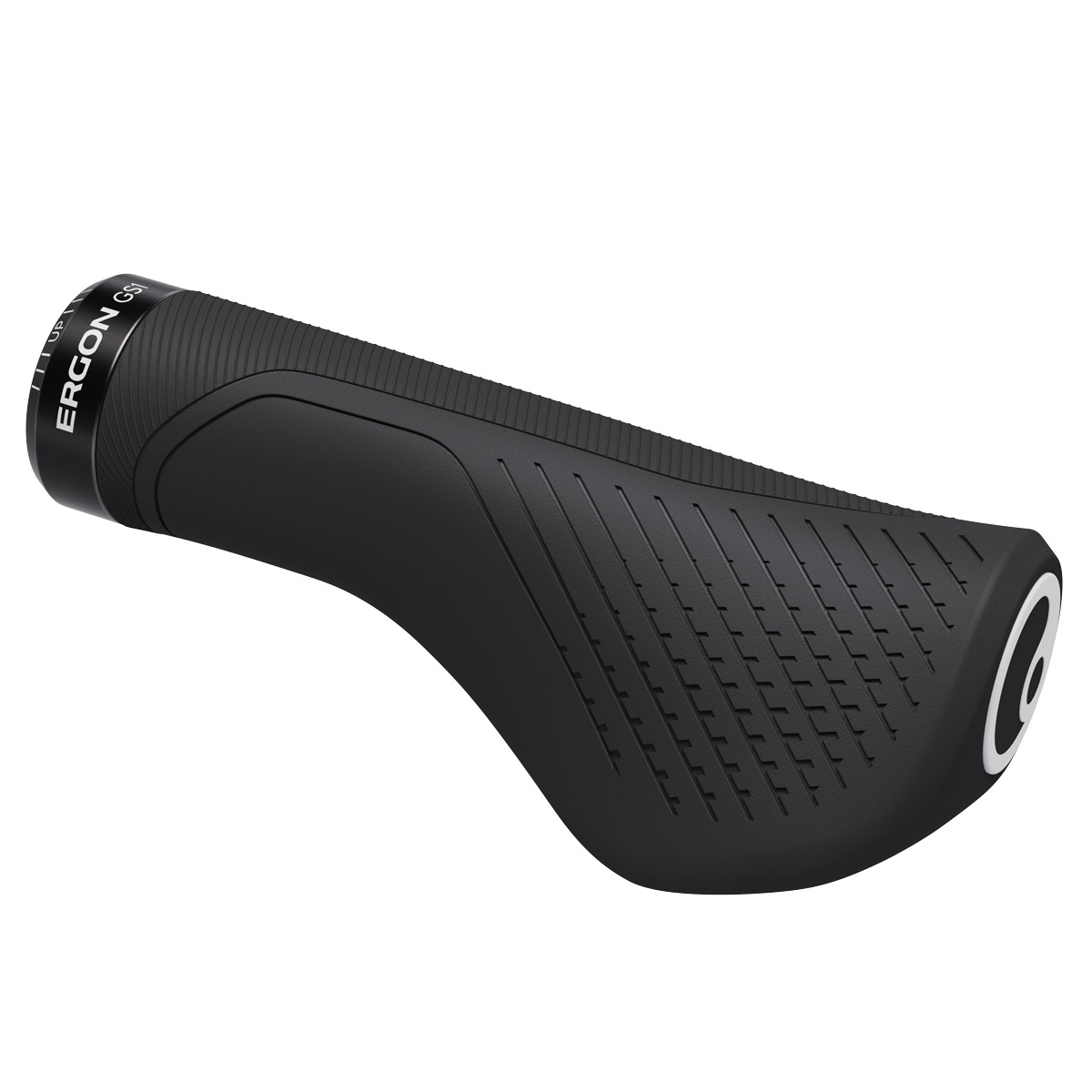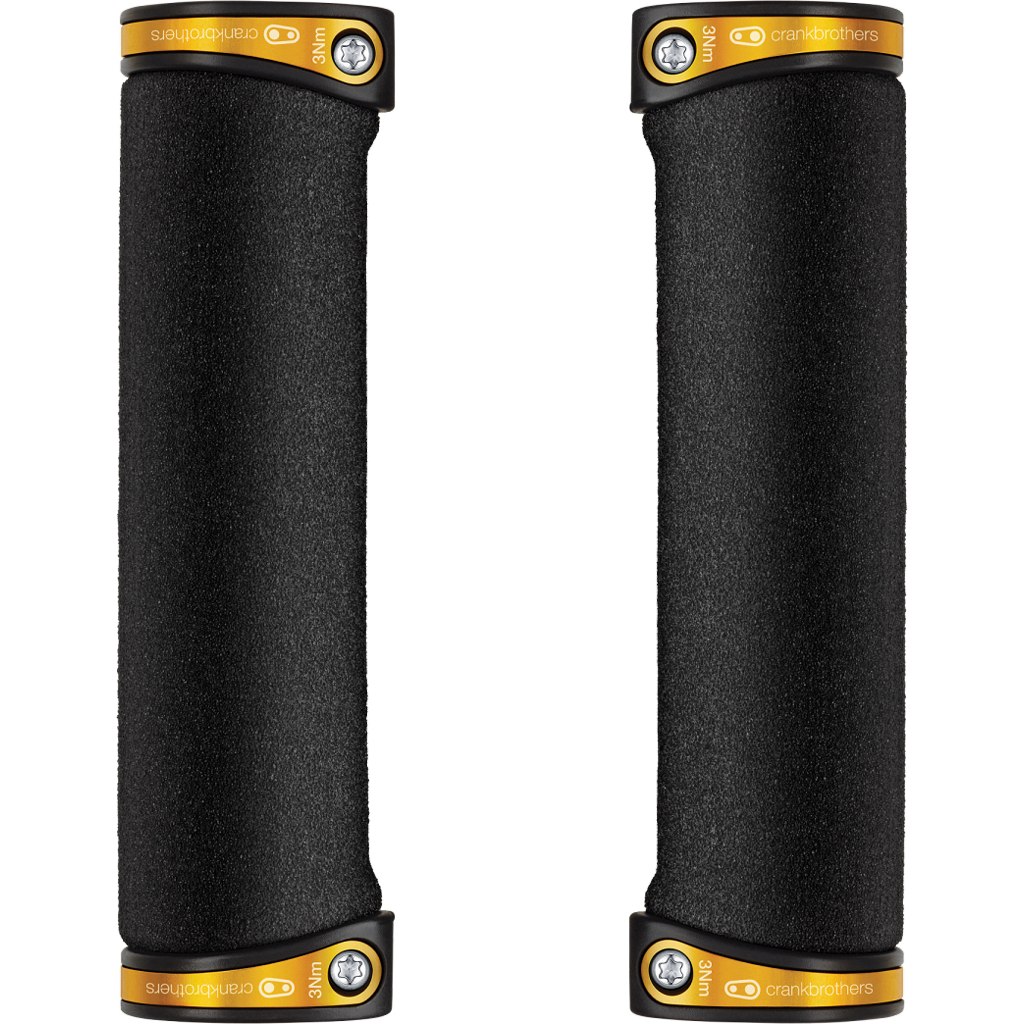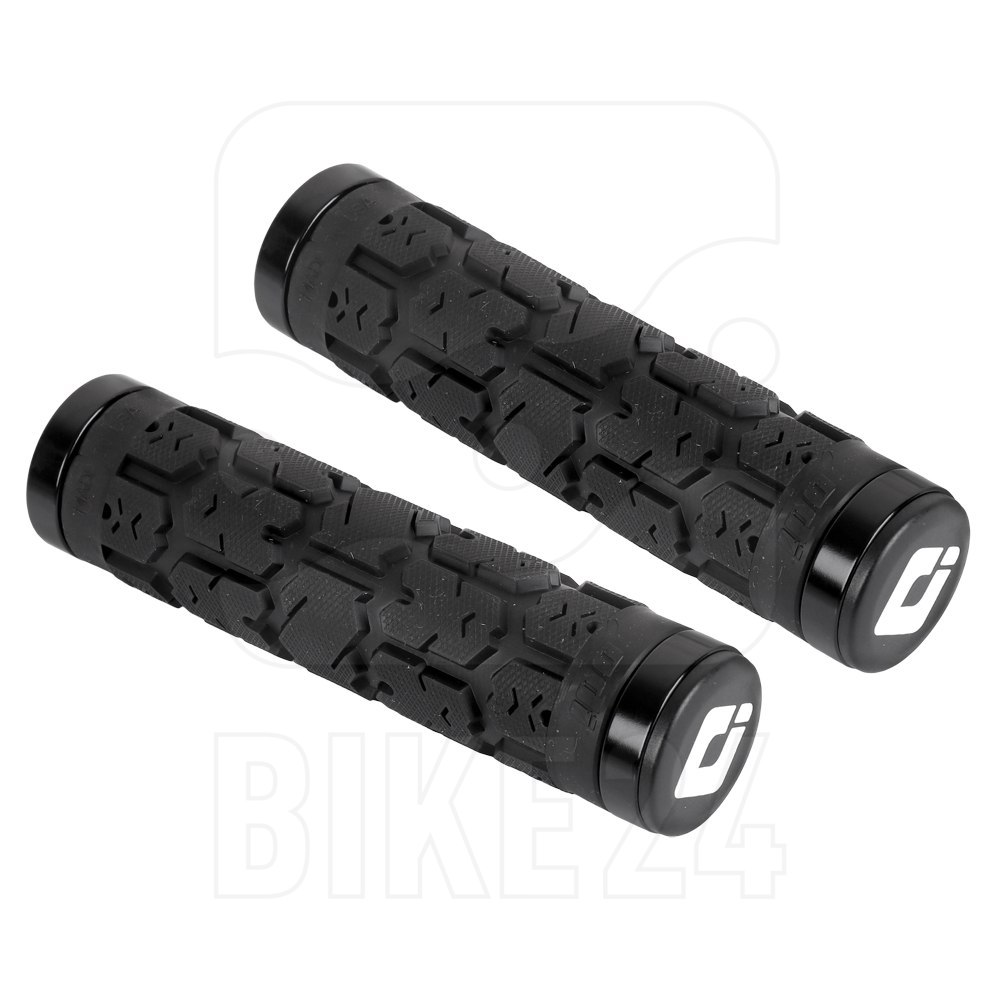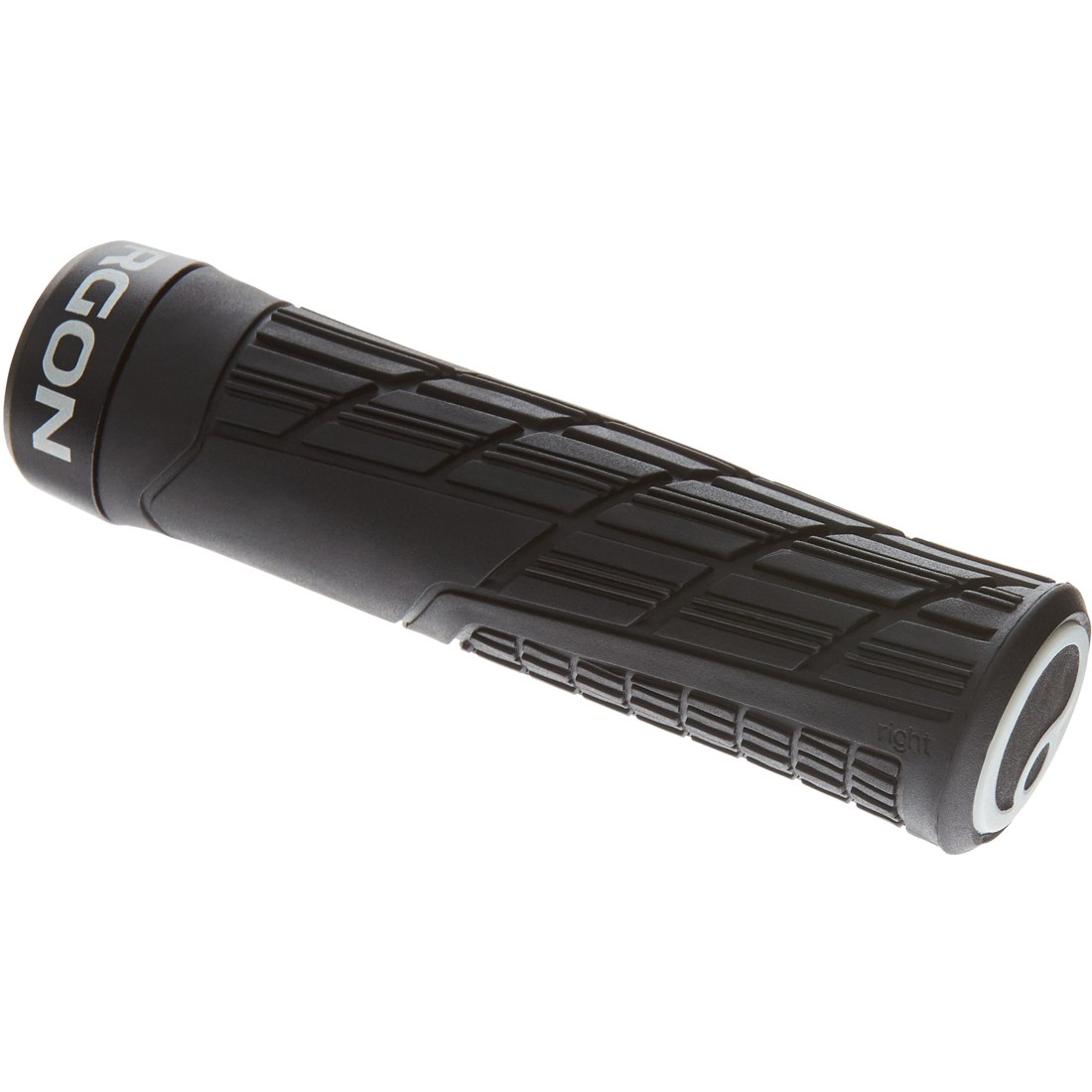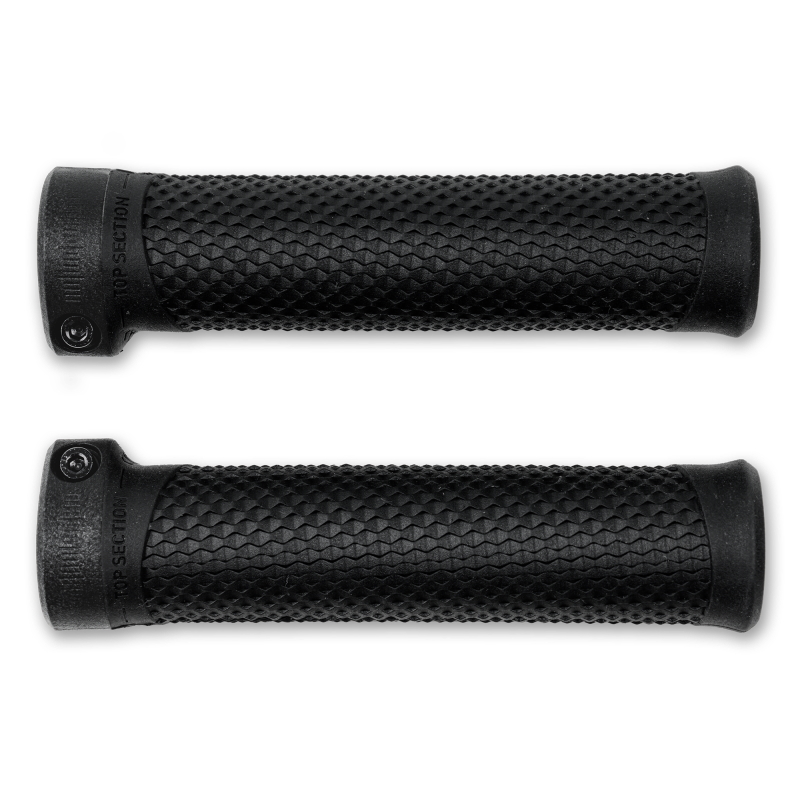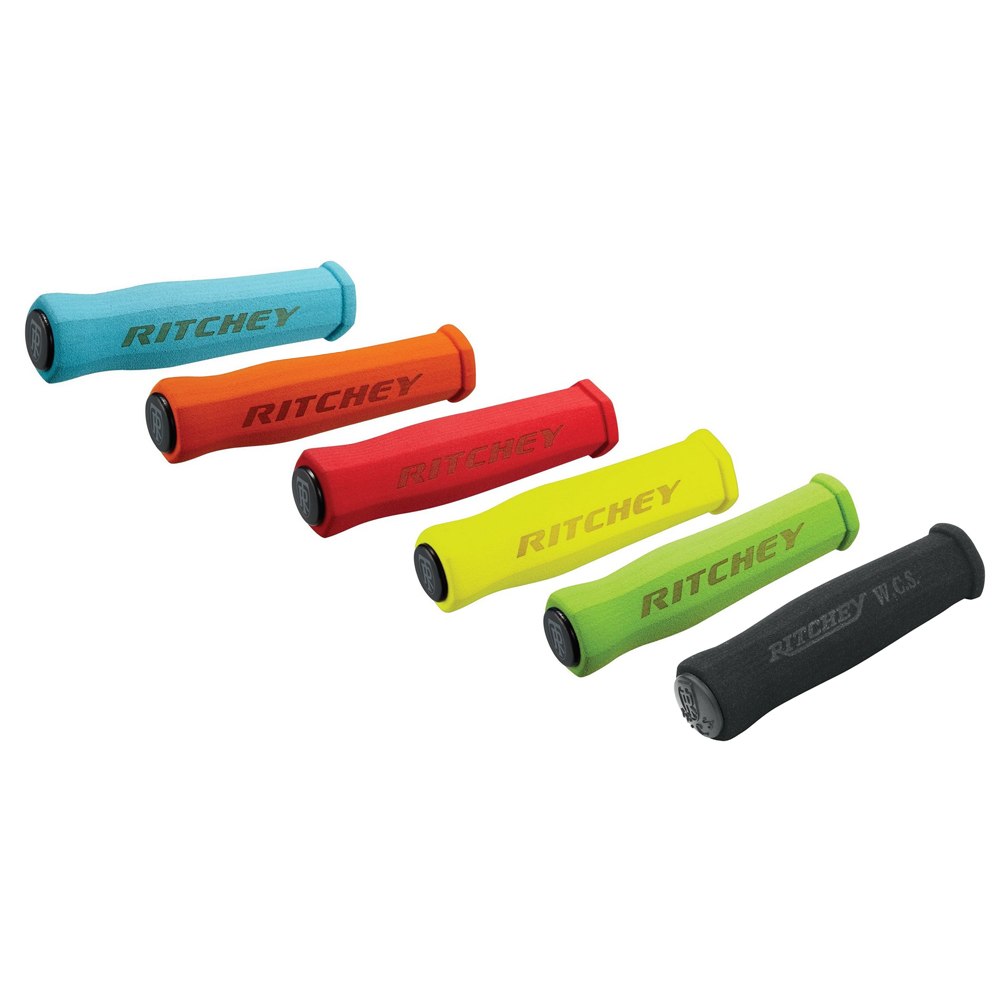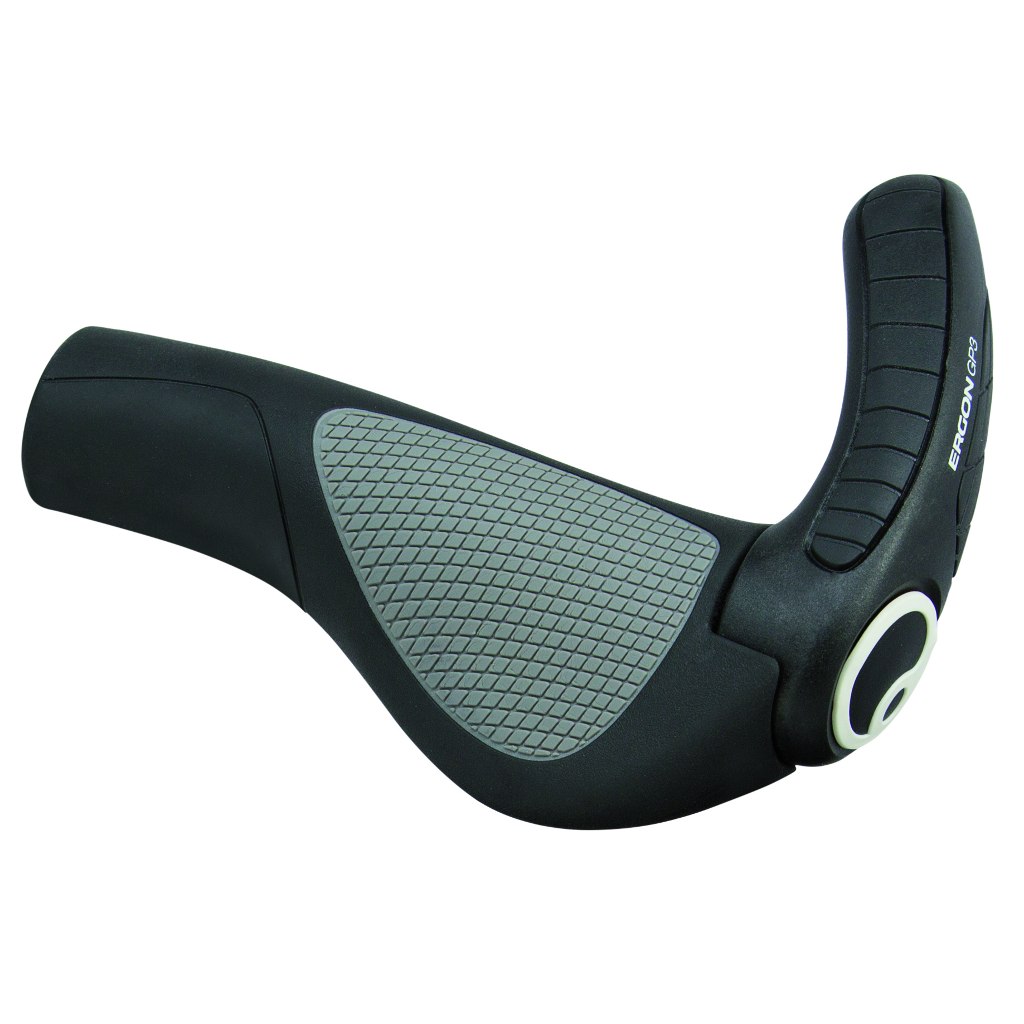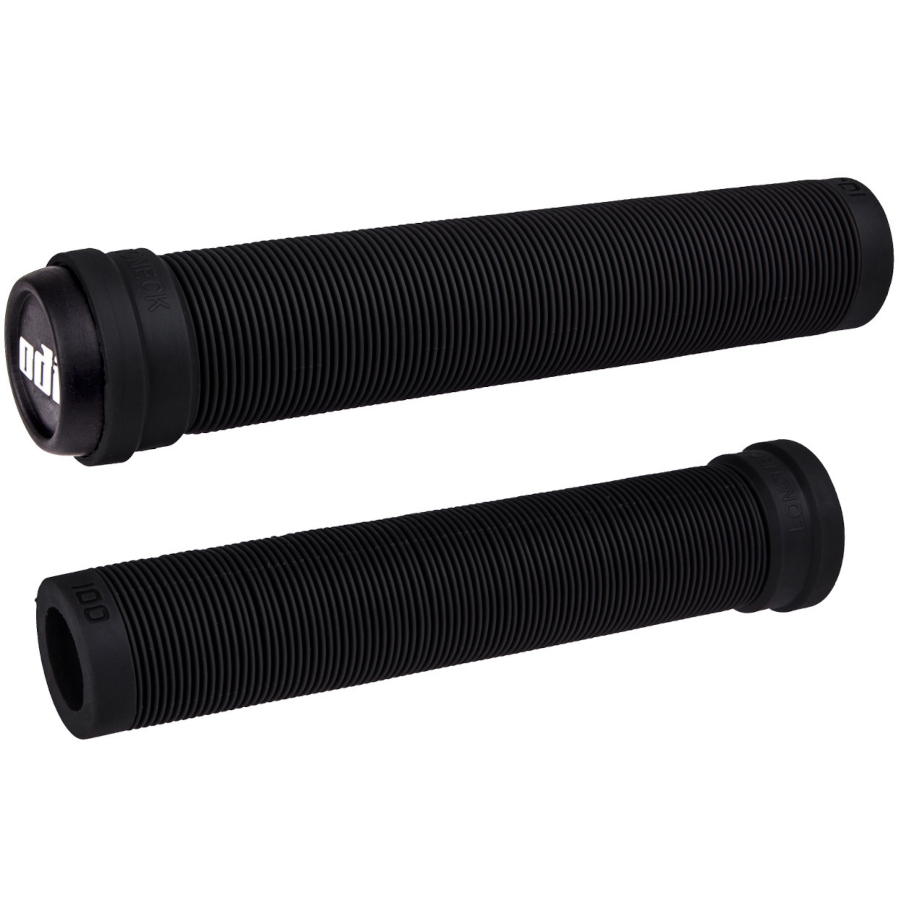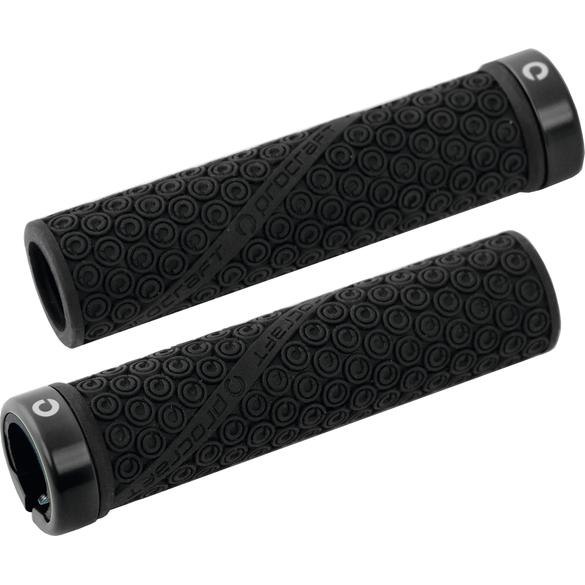Bicycle Grips – Always Full Control
Bicycle grips are one of three points of contact between a rider and their bike and according to sports science, they are even the most important one. This is no accident, because not only do you use your handlebars to control the bike itself, but they also have a significant influence on how you sit on the bike and how comfortable you are when you ride. Choosing the right handlebar grips is, therefore, particularly important. Read on to find out everything you need to know about bike grips. Read more
Bicycle Grips – Why Are They so Important for Cycling?
The cockpit is your bike or e-bike’s control centre and the handlebar grips are the point at which you must – quite literally – have a firm grip on it all. Therefore, your handlebar grips should fit the size and shape of your hands. What’s more, the grips must sit firmly on the handlebars and remain grippy even in wet conditions. In terms of design, they should match with the other parts of your handlebars, such as the bar ends, gear shifter and brake levers. As you can see, there are quite a few tasks that the rather inconspicuous bike handlebar grips have to fulfil, and the range of grips available is correspondingly large.
What Defines Good Bicycle Grips?
In principle, there are four important characteristics that set good grips apart. These include:
- Fit and ergonomics: it is crucial that your handlebar grips are a perfect fit for your hands. You should pay particular attention to their diameter, i.e. how thick they are. This is a matter of taste to some extent, but as a rule of thumb, the bigger your hands, the thicker your bar grips should be. In addition to bicycle grips that are completely round, there are also many ergonomic handlebar grips available. Ergonomic means that they are specially shaped to provide optimal support to the arch of the hand. Many ergonomic grips also have a larger contact surface. Not every ergonomic bicycle grip fits every hand, so you should pick out a few different models and see which one suits you.
- Hold and grip: handlebar grips have two responsibilities. On the one hand, the grips must sit firmly on the bicycle handlebars without twisting, and on the other hand, they must provide your hands with a sturdy, non-slip surface – even when wet. Good bicycle grips sit very tightly on the handlebars so they keep firmly in place, and can therefore only be fitted with force. Alternatively, you can opt for what are known as lock-on grips - more on this below.
- Material: the material grips are made from is especially responsible for providing your hands with a secure surface to hold onto - read more under What materials are bicycle grips made from?
- Space at the cockpit: the diameter of bicycle grips and handlebars is standardised, so every grip fits on every type of handlebars. When buying new bicycle grips, you should also pay attention to how wide they are so that all your levers and controls have enough space and remain readily accessible. If you need to mount bar ends next to your grips or use twist shifters, you will need narrower handlebar grips.
- Additional functions: in addition to the classic, slide-on bicycle grips, there are – as mentioned – also lock-on grips, as well as ergonomic grips for improved comfort. Some companies also sell bar grips with integrated bar ends, often in combination with an ergonomic shape.
What Materials Are Bicycle Grips Made From?
As already mentioned, the material ensures that you can get a firm grip on your bike. The most common materials for bicycle grips are foam rubber, cork, leather and synthetic materials.
-
Synthetic grips: bicycle grips are usually made of special rubber compounds. These combine a non-slip surface with good cushioning, comfort and durability. The material of choice for MTB grips.
-
Foam rubber grips: handlebar grips made of foam rubber are light, somewhat softer and therefore more comfortable. However, they can be more prone to slipping out of place and are usually not quite as durable as ones made of special rubber compounds.
-
Cork grips: grips made of cork or with some cork content are more comfortable, but this material becomes somewhat slippery when wet and is less durable. Therefore, cork is less suitable for mountain bikes than it is for other bicycles and e-bikes.
-
Leather grips: the same goes for leather grips as it does for cork ones – they are comfortable to hold, but a little more sensitive, and when they get wet, they get soaked. As such, they are well suited for trekking, touring and city use, but not for mountain biking.
-
Bicycle grips made of different materials: these kinds of grips not only provide better cushioning but are often also more durable than conventional grips. With integrated gel or cork cushioning, they usually make your ride even more comfortable.
Market Overview – Which Grips Are Available for Which Bike?
Featuring one or two clamps, what are known as lock-on grips are much easier to mount than slide-on grips. And they are guaranteed to sit firmly locked on the handlebars – even when wet. This is why they are especially recommended for mtbs but are also a very good choice on any other bike or e-bike.
If you have problems with your fingers or hands going numb or dead, or if you struggle with pressure points, then you should try ergonomic bicycle grips. They support the arch of the hand and are particularly well adapted to the shape of the hand too.
Two top tips: if you have problems with your hands, not only should you think about the grips on your bike, but also about wearing suitable cycling gloves. And changing your grip position more often can also make you more comfortable. This works best with bar ends that have been mounted separately.
There are shorter bar grips available if you use a twist shifter, usually from the twist shifter manufacturer, such as SRAM.
There are also different versions available for different uses. For example, we have additional categories for MTB and BMX grips.
More rarely, handlebar tape, such as that used on racing bikes or bikes with drop bars, can also be an alternative to bicycle grips.
Buying Bicycle Grips Online
Before buying new handlebar grips, you should think about whether your current grips suit you and your needs. How well do they fit in your hand? Can you get a good grip on your e. g. mtb, road or city bike? Or would you like to try out something completely different from standard black rubber grips? These are some important questions you should ask yourself, the answers will determine whether you should buy the same or similar grips, or look for a new alternative. Why not browse our range? We have a large selection of different bike grips with different diameters, shapes, lock-on feature and materials from brands like ESI, Ergon, Ritchey and SRAM.
